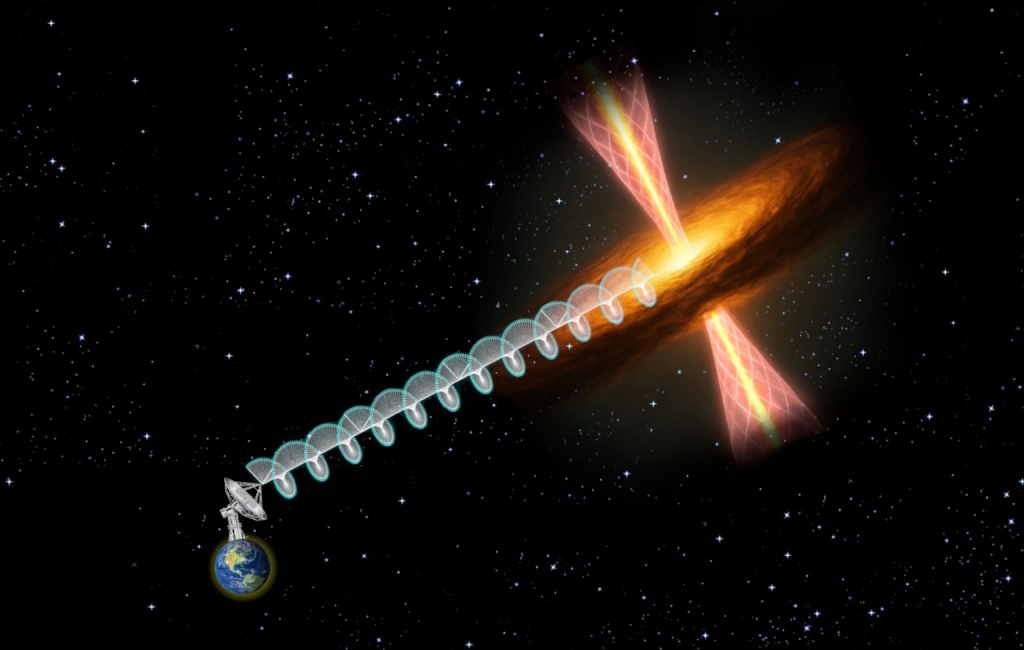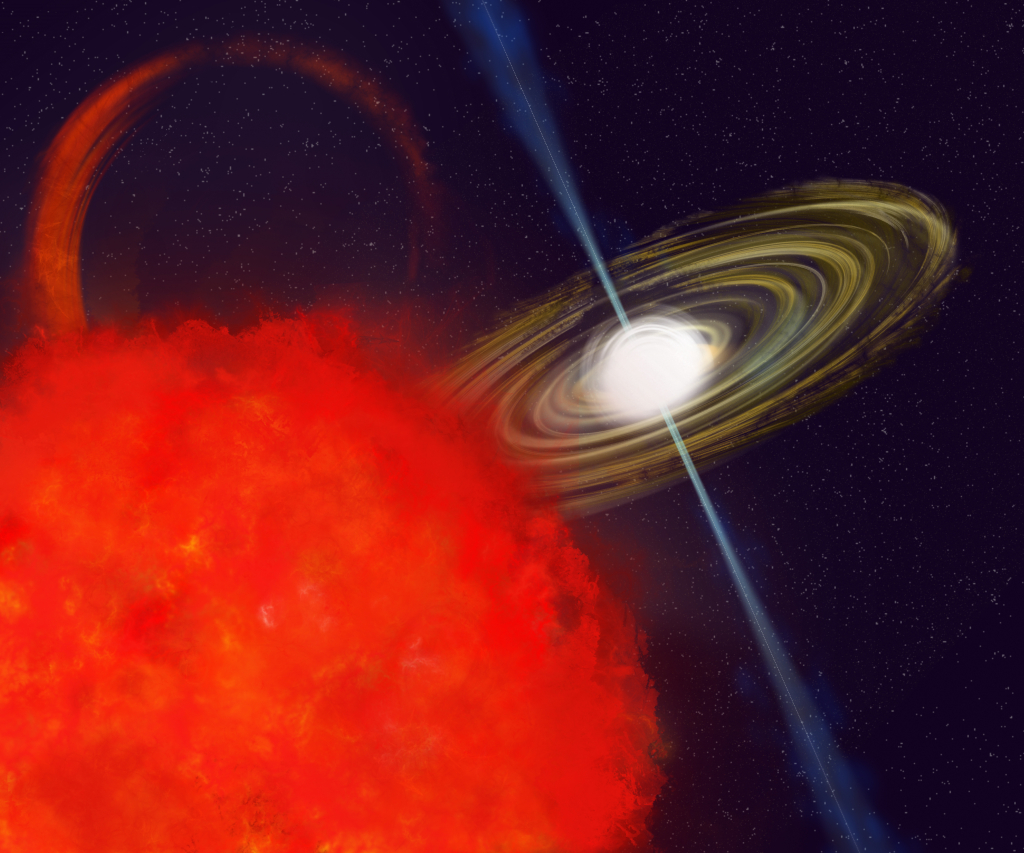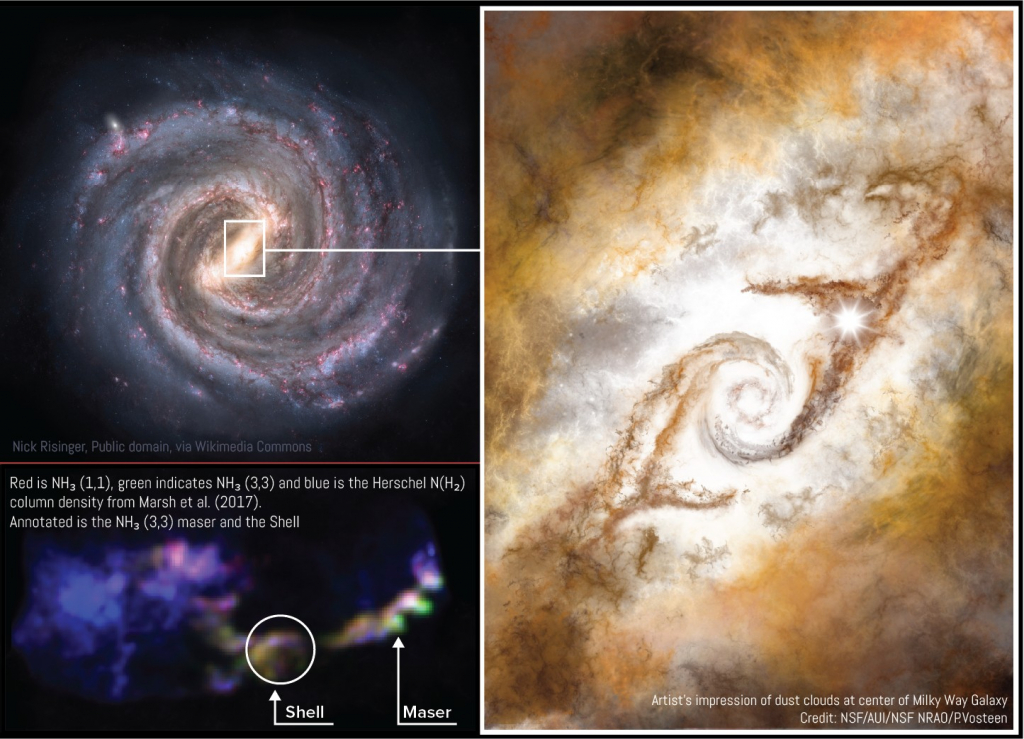Using data from the National Science Foundation’s Very Large Array, an international team of astronomers has for the first time detected circular polarization in radio emission originating from a massive protostar, IRAS 18162-2048 — unveiling fresh clues about the cosmic forces shaping our universe.




